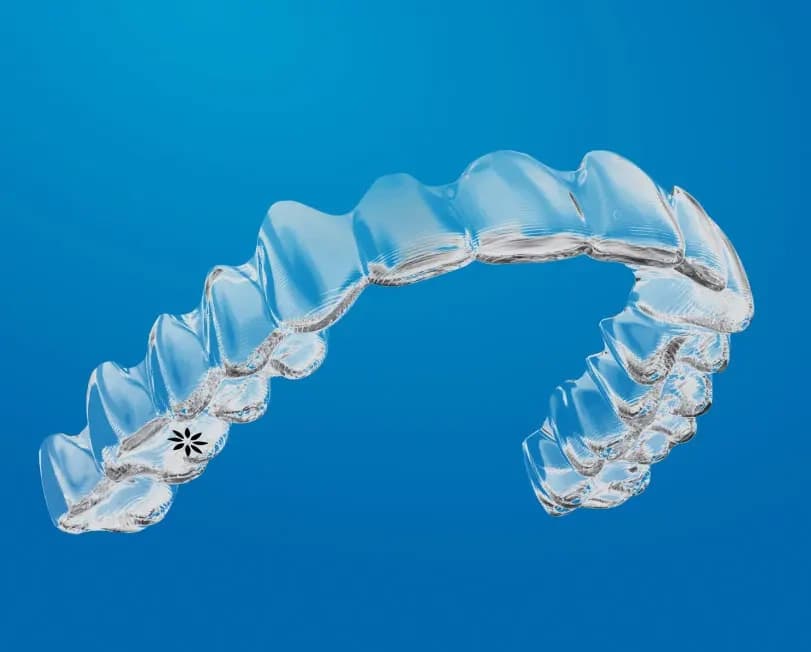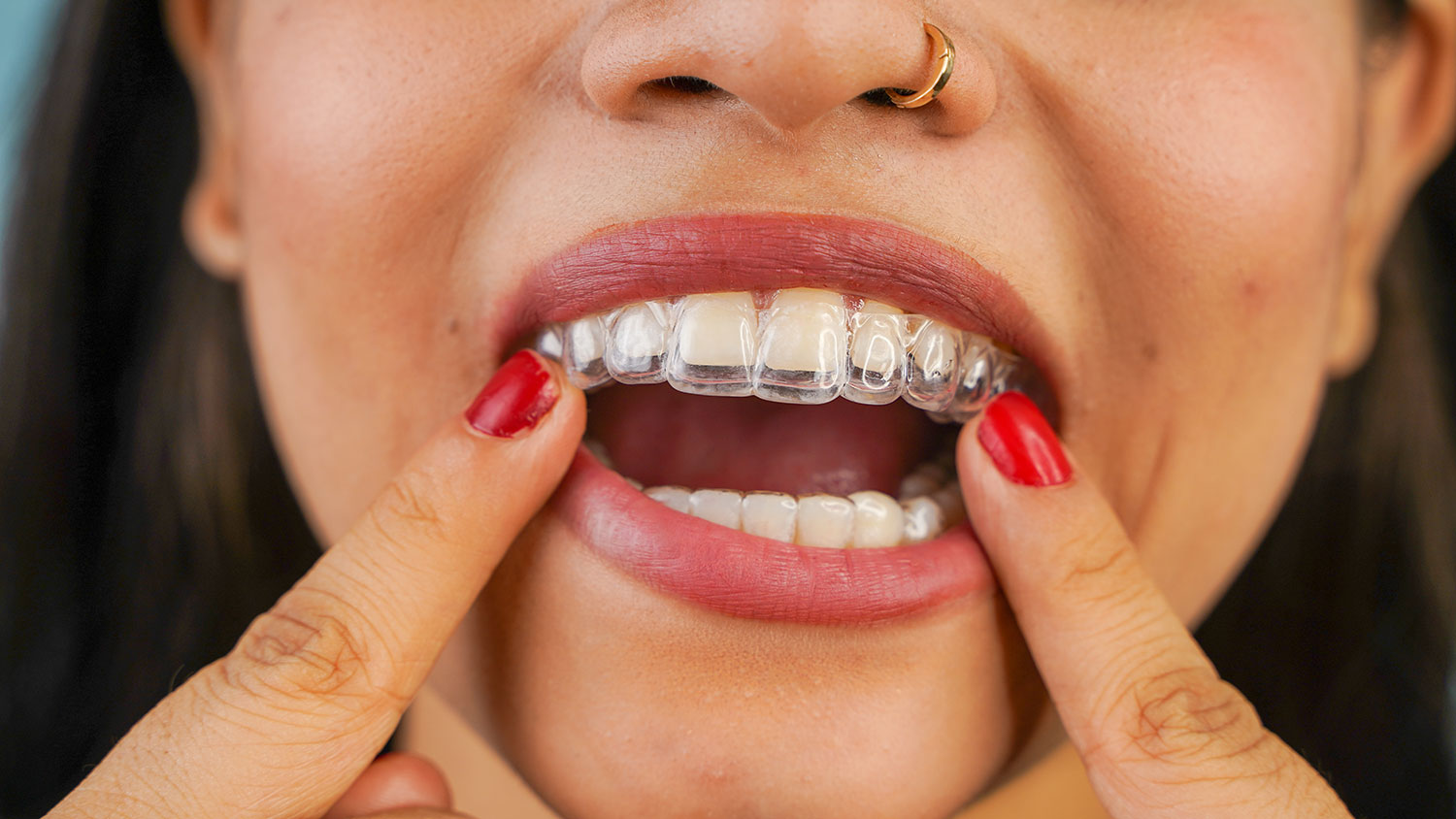Success Stories: How Invisalign Changed Lives and Increased Confidence
Success Stories: How Invisalign Changed Lives and Increased Confidence
Blog Article
Invisalign vs. Conventional Braces: Which Choice Is Right for You?
When taking into consideration orthodontic therapy, the selection between Invisalign and typical braces provides several crucial variables that merit cautious analysis. Invisalign uses a very discreet alternative with detachable aligners, while typical dental braces supply a much more visible yet effective solution for severe imbalance.
Review of Treatment Choices

On the other hand, conventional dental braces contain steel brackets and cables that are adhered to the teeth. This approach applies constant stress over time to achieve alignment. While reliable for complicated orthodontic issues, standard dental braces require regular check outs for adjustments and can posture difficulties in keeping dental hygiene because of the problem of cleaning around cords and braces.
Both alternatives have their qualities, and the selection frequently pivots on particular oral conditions, way of life choices, and individual conformity. Inevitably, speaking with an orthodontic professional is essential for establishing the most suitable therapy plan customized to individual demands. Comprehending the nuances of each alternative can considerably influence the general success of orthodontic therapy.
Aesthetic Considerations
A significant element affecting the option in between Invisalign and typical dental braces is the visual allure each treatment uses. Invisalign aligners are crafted from clear plastic, making them virtually invisible when used.
In comparison, standard dental braces consist of metal brackets and wires, which can be a lot more noticeable. While advancements in orthodontic technology have actually led to the advancement of smaller sized braces and tinted elastics, typical dental braces still preserve a more conspicuous profile. For some individuals, the visibility of braces may discourage them from seeking necessary therapy.
Inevitably, the choice between Invisalign and typical braces might rest on individual preferences relating to aesthetic appeals. Clients who prioritize discretion typically lean towards Invisalign, while those who are less concerned regarding visibility might go with standard braces. Recognizing the aesthetic implications of each alternative is vital for making a notified decision that straightens with one's way of life and preferences.
Comfort and Convenience

In terms of benefit, Invisalign aligners are detachable, enabling patients to appreciate their favored foods without limitation and preserve ideal oral health. Cleaning and flossing are streamlined, as the aligners can be secured throughout these routines, whereas typical braces call for cautious steering around cords and braces.
In addition, Invisalign's progressive system enables for fewer her comment is here orthodontic gos to. Patients normally obtain several sets of aligners simultaneously, which can simplify the therapy procedure and reduce time spent in the orthodontist's chair. On the other hand, standard dental braces demand regular changes, making them much less hassle-free for those with hectic schedules. Invisalign. Generally, the comfort and comfort of Invisalign make it an attractive option for several individuals seeking orthodontic therapy.
Therapy Period and Effectiveness
While both Invisalign and standard dental braces work in dealing with dental imbalances, the period of therapy can differ significantly in between both choices. Commonly, Invisalign treatment can take anywhere from 12 to 18 months, depending on the intricacy of the case. The clear aligners function by slowly shifting teeth right into their desired positions, and routine follow-ups with an orthodontist help guarantee progress stays on the right track.
In comparison, traditional braces usually need a longer commitment, normally varying from 18 months to 3 years. This is because of their fixed nature and the usage of braces and cables, which can be extra efficient for serious imbalances and complex situations (Invisalign). The treatment effectiveness of standard braces is well-documented, as they enable for specific modifications and better control over tooth motion
Ultimately, the selection in between Invisalign and conventional dental braces may depend upon both the anticipated treatment period and the particular dental concerns available. Consulting with an orthodontist is vital, as they can offer tailored referrals based upon specific requirements, making sure the picked method straightens with desired durations and results.
Expense Comparison and Insurance Coverage Options
Expense plays a significant role in the decision-making process for people taking into consideration orthodontic treatment, whether opting for Invisalign or conventional braces. Generally, the expense of Invisalign varieties from $3,000 to $8,000, while traditional braces commonly cost between $2,000 and $6,000. Factors affecting these prices include the intricacy of the instance, the duration of treatment, and geographical location.
Insurance policy protection can considerably impact out-of-pocket expenditures. Many dental insurance strategies offer partial insurance coverage for orthodontic treatments, but the specifics can vary widely. It is critical for patients to assess their insurance policy plans to establish the extent of protection for either option. Generally, standard dental braces may be more frequently covered by insurance coverage plans contrasted to Invisalign, which some insurance companies categorize as a cosmetic treatment.
Additionally, click here for more info a number of orthodontic techniques use click here to read flexible layaway plan, making both therapy alternatives extra obtainable. Patients should inquire regarding potential financing alternatives and price cuts for ahead of time settlements. Examining the total price, including insurance policy advantages and layaway plan, is vital for making a notified decision that lines up with both aesthetic choices and budget considerations.

Final Thought
In recap, the selection in between Invisalign and conventional braces depends upon numerous aspects, including aesthetic choices, comfort, therapy period, and expense. Invisalign supplies a discreet, detachable choice that facilitates dental hygiene and nutritional adaptability, while typical braces may be preferable for complex dental issues and usually come at a lower rate factor. Inevitably, appointment with an orthodontist is vital to examine private circumstances and figure out one of the most suitable treatment alternative for achieving ideal dental placement.
When thinking about orthodontic therapy, the selection between Invisalign and conventional dental braces offers several essential variables that warrant mindful analysis.Contrasting Invisalign and traditional braces exposes distinctive treatment options for orthodontic correction.While both Invisalign and typical dental braces are reliable in correcting dental imbalances, the period of therapy can vary substantially in between the 2 options.Cost plays a substantial duty in the decision-making process for people considering orthodontic therapy, whether opting for Invisalign or traditional braces.In summary, the selection between Invisalign and standard dental braces hinges on multiple factors, consisting of visual preferences, convenience, therapy duration, and cost.
Report this page